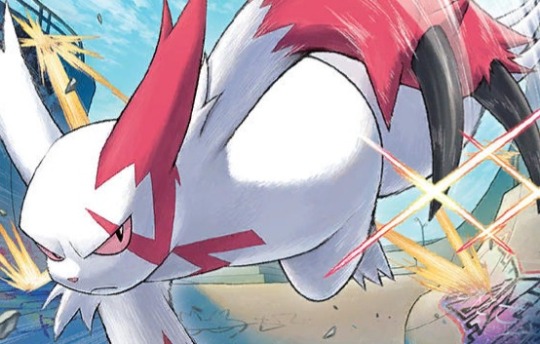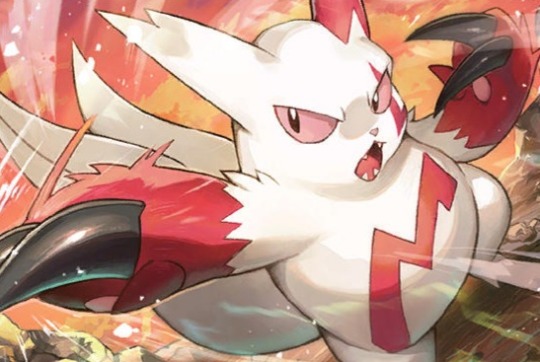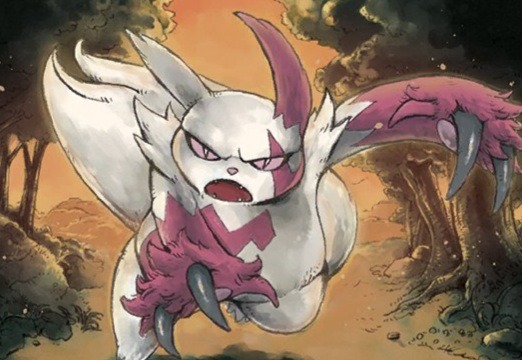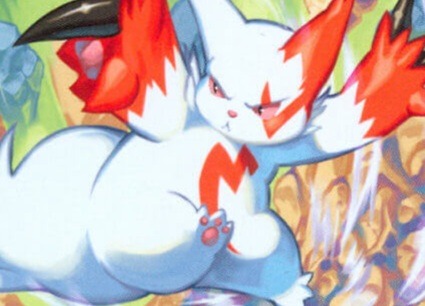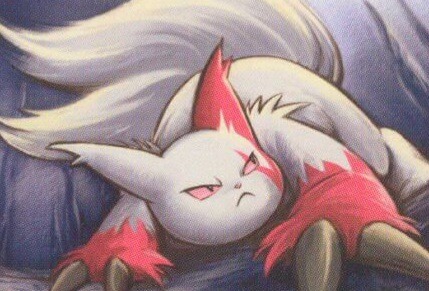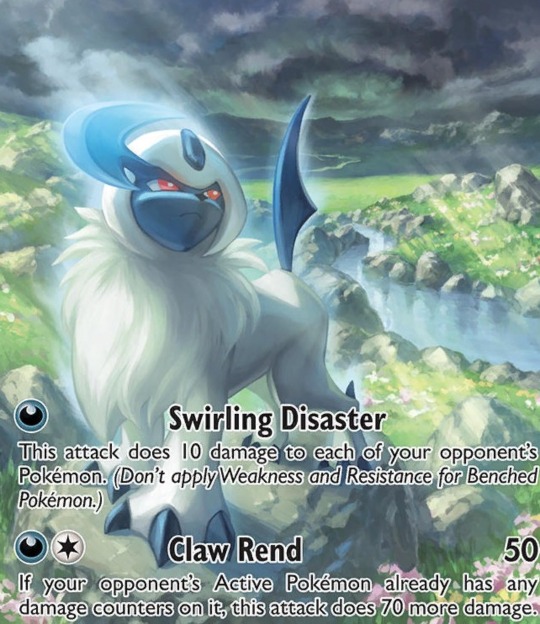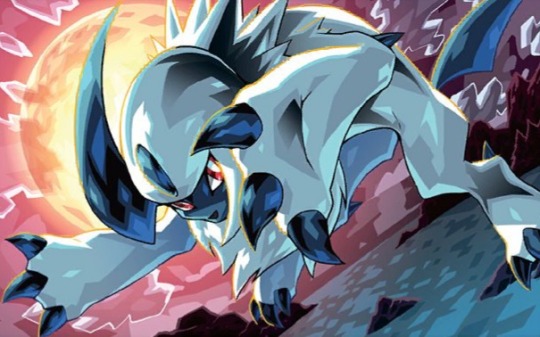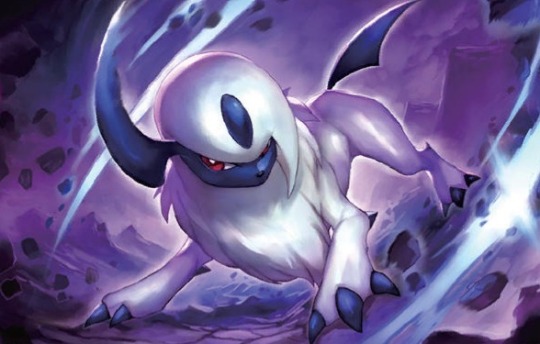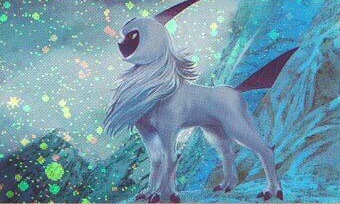#Franchises
Text
It's super convenient for trolling purposes that nearly every game that's popularly claimed to be the Best Game Ever is part of a massive, endlessly serialised franchise, because it means you can always derail a discussion by playing the not-even-the-best-X-in-the-Y card (e.g., "Ocarina of Time isn't even the best game in the Legend of Zelda series", "Symphony of the Night isn't even the best game in the Castlevania series", etc.), but I have to give special recognition to Final Fantasy VII for making it possible to argue with a straight face that Final Fantasy VII isn't even the best Final Fantasy VII.
12K notes
·
View notes
Text
The Auteur as a figure in entertainment is dead. Grown strong on digital production, a more artistically bankrupt creature emerges in their place. It is the Executive Auteur, and it's coming soon to a theater near you, whether you like it or not.
If you've noticed all manner of artists increasingly taking a back seat in the discourse to studios and franchises, if you're weirded out by how much more valued a corporation's vision seems to be than the interchangeable drones tasked with realizing that vision, this article is for you.
194 notes
·
View notes
Text
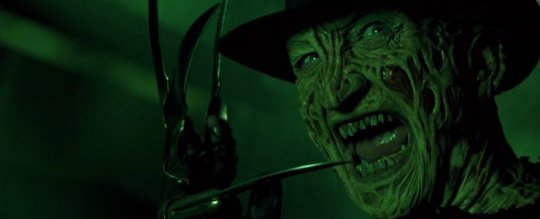
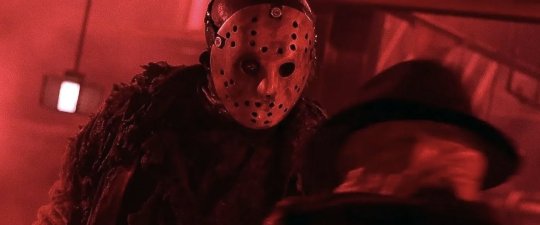
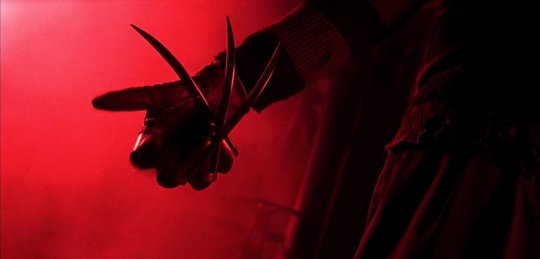
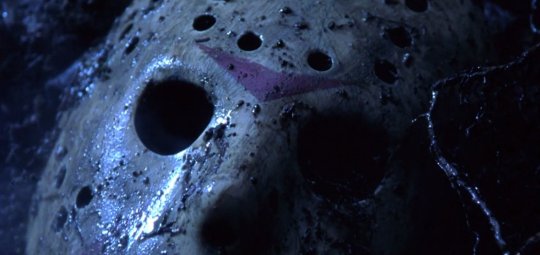
Freddy vs. Jason (2003) directed by Ronny Yu and written by Damian Shannon and Mark Swift.
#Freddy vs. Jason#Freddy vs. Jason (2003)#American slasher film#crossover#A Nightmare on Elm Street#Friday the 13th#franchises#jason voorhees#freddy krueger#robert englund
78 notes
·
View notes
Text
This is the year where it just landed for me that most of these franchises are more like a menu than a canon, and that I can sort of pick and choose what I want to be in my own canon. They’re making Star Wars, Marvel, and DC, and Star Trek by the pound at this point. They all have multiple TV series, they’re all sort of on streaming services and all of that. … I’ve decided that I don’t really care about completion anymore as much as I care about seeing a story that appeals to me, and picking and choosing the stories that appeal to me. So my entire approach to canon has just become, it’s whatever I choose to watch and whatever I choose to embrace.
— in our 8th anniversary episode, Javier Grillo-Marxuach talked about what fandom things changed for him personally this past year. Click through to listen to his whole voicemail or read a full transcript!
46 notes
·
View notes
Text
The reason live action adaptations of IPs are so terrible is because they are made for adults.
Not kids.
Not families.
Self-serious adults.
No child wants Latina Snow White. No family wishes ATLA was more hardcore like Game of Thrones. No one outside of online sjws care about assuaging Stockholm syndrome in BatB.
These are the concerns of adults who are forcing the industry to make worse versions of things they grew up with because they take fandom way too seriously.
17 notes
·
View notes
Text
What the Whoniverse could learn from RTD's first era:
The Stolen Earth and Journey's End are one hell of a two parter that has The Sarah Jane Adventures along with Torchwood to crossover into the main series. Characters and elements from each spin-off it utilized as a means of helping the Doctor against the greatest threat the Daleks have ever posed.
However, it also involves aspects that few wouldn't be able to catch on quickly. I hadn't seen The Sarah Jane Adventures since it never made it to the States as far as I know. However, I knew that Sarah Jane was still investigating alien phenomenon as "School Reunion" showed. Of course, she'd have a supercomputer in her attic. I also assumed that Luke was a boy she adopted before learning his origins in "Invasion of the Bane."
Kind of wish we saw Maria and Clyde when Luke called them with their actors on the sets of their homes. Maybe have them gawk at the Daleks from afar and hold on as the Earth is towed back. Maybe a cameo of Rani if they felt bold enough to promote SJA Series 2.
Torchwood, on the other hand, I had seen in full before Series 4 and as such, I was able to appreciate some nods to the spin off such as Gwen calling her husband, Rhys, or telling Ianto that she'd rather go down fighting like Owen and Tosh.
However, I wouldn't have needed to have seen the spin off since I'd have known that Jack had a team in his sect of Torchwood since Series 3. We're just meeting them in the main series proper.
Additionally, we don't need to know about Rhys to understand that Gwen's calling her loved ones during this worldwide crisis. "Owen" and "Tosh" are easy to identify as previous members of Torchwood that had died in their dangerous line of work. Their two seasons of adventures are just self-contained enough to be basically backstory for them.
As such, Series 4's finale feels less like you had to have seen both spin-off to understand and more like they pique your interest in them. What was Jack up to during Series 3 and 4? What's going on with Sarah Jane these days?
That's really what the new Whoniverse should take a cue from. The Main Series crossing over with the spin-off should have us feeling less like we missed out and more like, "Cool, I know what I'm putting on my watch list ASAP."
Thought?
#doctor who#torchwood#the sarah jane adventures#dw#dw series 4#doctor who series 4#russel t davies#captain jack harkness#gwen cooper#ianto jones#sarah jane smith#disney#bbc#bbc studios#disney+#spin-off#franchises#franchise#franchise building#spinoffs
12 notes
·
View notes
Text
My ALL TIME favorite video game franchises:
1. Super Mario Bros.
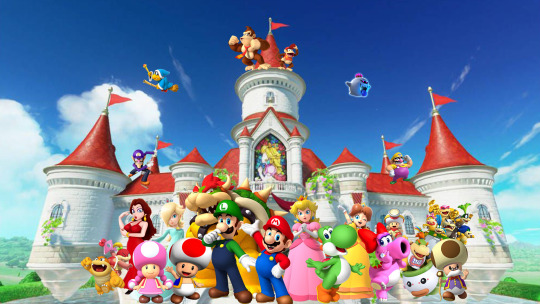
2. Sonic The Hedgehog

3. Pokémon

4. Legend of Zelda
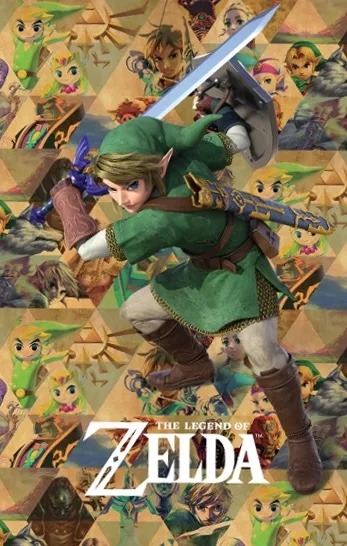
5. Kirby

6. Final Fantasy

7. Angry Birds

8. Kingdom Hearts

9. Mega Man

#all time favorite#all time faves#all time#best#super Mario bros#sonic the hedgehog#Pokémon#legend of zelda#Kirby#Final Fantasy#angry birds#Kingdom hearts#mega man#video game franchises#video games#franchises#franchise#screencap#all time best
22 notes
·
View notes
Text
@shelleythesapphic @oncexinxmyxdreams
@princesssarisa @the-blue-fairie @themousefromfantasyland @angelixgutz @amalthea9 @thealmightyemprex @faintingheroine @grimoireoffolkloreandfairytales @softlytowardthesun @tamisdava2
Each movie studio executive will tell that marketable story of having an eureka moment about the creation of an iconic character or a franchise.
Walt Disney had the legend of creating the first draft of Mickey Mouse during a train ride.
Andy Mooney has the tale of getting the idea of marketing a line up of Disney Princesses for the young women demographic during a Disney on Ice line-up:
"This was back in 2000, soon after Mr Mooney, a Scot, had been appointed head of Disney's consumer products division.
Joining the company after 20 years at Nike, he was working hard to bring himself fully up to speed on every facet of the business. This included going to see a production of Disney on Ice, where figure skaters portray Disney characters.
While queuing to get in he noticed that a great many of the young girls - and also their mothers - had dressed up in generic princess dresses, to look like Disney heroines, such as Snow White, Cinderella, and Aurora from Sleeping Beauty.
Disney didn't sell such dresses at the time, but Mr Mooney immediately realised that the company was missing an incredibly lucrative trick.
"I was standing in line with mothers and daughters, all dressed head to toe in princess regalia that they had made at home," says Mr Mooney, 63.
"I said to a few of the mums 'if Disney made official dresses like this would you buy them?', and they all replied that they'd buy lots.
"So I rushed back to [Disney headquarters] in Burbank [Los Angeles], and we launched the Disney Princess series pretty quickly."
Not only did Mr Mooney and his team introduce dresses based on those worn by Disney's best-known female characters, they set to work on everything from books to lunchboxes, dolls, magazines, computer games, pyjamas, and tie-ups with food producers.
The idea was to start selling basically everything that female Disney fans, both young and old, might like to buy, all featuring one or more Disney princess."
Wheter the story of the Disney on Ice line up is true or not, the fact is that you can feel a sense of... territoriality. Originally, women in the audience (specially mothers and young daughters) would either buy the costumes of their favorite royal or non royal heroines on more afordable stores, or make by hand the costumes at home, and maybe dress up whatever doll they already head as the character they liked, out of love of movies they probably revisited many times.
An executive like Andy Mooney couldn't loose an oportunity to destroy this perceived competition, so a merchandise had to be quickly created in a manner similar to Barbie.
Even tought not everyone tought this was a good idea...
"Not everyone thought his idea would work, one person in specific who had trouble with it was Walt Disney’s own nephew Roy E Disney. The reasoning for his disapproval: he didn’t want the princesses to appear together outside their own film franchise’s. He thought it would ruin the magic. To appease Roy it was decided that for all marketing, none of the princesses would look at or interact in any way with each other.
In the beginning the original line-up was Snow White, Cinderella, Aurora, Ariel, Belle, Jasmine, Pocahontas, Mulan and Tinkerbell. Tinkerbell was soon removed and in 2004 she started up the Disney Fairies franchise.
In order for a character to be given the title of a Disney princess the character must fulfil just one of the following:
1. Born Royal
2. Marry Royal
3. Perform a significant act of heroism
The third requirement was created just for Mulan who is the only one who isn’t born royal or marry royal.
They need to fulfil all of the following:
1. Be human
2. Be the female lead in an animated Disney movie
3. Not be introduced for the first time in a sequel
The unwritten but also most important rule: Their movie has to do well at the box office.
As they have not met the criteria some Disney characters have not been included in the line up. For example: Kida from Atlantis and Nala from The Lion King are both princesses in their films but don’t fulfil all of the requirements.
The reason why Anna and Elsa are not included in the Disney Princess Franchise is because Frozen was such a hit at the box office and Anna and Elsa have reached a level of fame on par with Mickey Mouse that it would have been a step down for Anna and Elsa to have been grouped with the other princesses. In other words, Anna and Elsa are so popular that they make more than enough profit on their own that they don’t need to be associated with the other princesses in order to sell merchandise."
While the Theme Parks, old Disney books and comic books, movies like Fun and Fancy Free, Who Framed Roger Rabbit and Mickey's Christmas Carol and cartoon TV shows like Walt Disney's Disneyland, Walt Disney's Wonderful World of Color and House of Mouse extablished that, with careful writing and cohesive worldbuilding a crossover between Disney animated characters from different animated features is possible, there was fear about this line up putting the designated Princesses to interact with each other in a narative context. They could at best pose together statically in pôsters and comercials.
And then there is the contradiction of the name Disney Princess with the characters in the actual line-up. There are characters who fit in their criterion who yet are excluded, and characters who mostly break from it (even activelly being called Princesses in their movies) yet are forced under the Princess label anyway.
"The question is, if Disney has ever used criteria like this as guidelines for choosing Princess candidates, does the company really care about them? Tinkerbell, who was neither royal nor particularly heroic in Peter Pan (although she did save Peter’s life) used to have Disney Princess status until she was removed from the line-up and given her own book and movie series.
While she plays a significant role in Aladdin, Jasmine is more of a supporting character than a main one. Then there’s Merida, who has a spot on the list even though she’s a Disney Pixar character rather than Disney Animation Studios.
Yet supporting characters like Meg from Hercules, Jane Porter from Tarzan, and Esmeralda from The Hunchback of Notre Dame remain excluded from the list.
Supposedly Mooney called the Princesses and the worlds they originated from part of “the Princess mythology.” This was his reasoning for removing Tinkerbell from the line-up, having decided she just didn’t fit.
So perhaps what matters to Disney is not a bunch of criteria in a list, but instead whatever characteristics they think will be marketable to their audience. As great as characters like Esmeralda and Meg may be, it’s the shimmery dresses, quests for love and adventure, and sense of magic that spark a child’s imagination."
So... Between the late 1999/2000, Andy Mooney and other Disney marketing executives hastily decide to create the Disney Princesses as a form to compete with Barbie and smaller costume makers who were selling cheaper interpretations of Princess Dresses for audiences of mostly young women to play their favorite Disney Ladies.
While animated movie characters were already proven possible, there was no idea on how to make the Princesses interact with another that felt cohesive, so for a long time the marketing chooses to present them in ways that are static, mostly focused on how pretty they look, rather than exploring their personalities and the dynamics of their worlds.
A Criterion about doing heroic actions is added to justify including characters like Pocahontas and Mulan, who aren't from royalty nor marry into royalty, based on the box office popularity of their movies and merchandise sails.
Meanwhile, other heroines who are equally heroic, main characters and/or even royals themselves, like Elonwy, Esmeralda, Meg, Jane and Kida are excluded because their movies (if not complete failures at the box office) aren't as popular with audiences at the time of their releases.
Non-humanoid female main characters who are also very popular with audiences, like Minnie Mouse, Lady, Duchess, Maid Marian, Miss Bianca and Nala are excluded.
Female characters are sometimes present, other times not, like Alice, Tinkerbell (before staring in her own franchise, the Disney Fairies) and Giselle, without ceremony.
Merida, the anti-Princess who is from a Pixar produced movie rather than a Disney character, is put in the label.
Then in recent years, Elsa and Anna from Frozen had been so popular, both in terms of movie tickets and merchandise sails, that while ocasionally they appear along with the other Princesses, the two are mostly sold as representatives of their own world of Arendelle.
And Moana, who is another anti-Princess character, this time from a movie produced by Disney itself, was also put under the Princess label.
IN CONCLUSION:
Compared to something like the Disney Fairies, which was built slowly and with attention to detaille and consistency in terms of criteria, the Disney Princess label has a trajectory that even to this day, 23 years after its foundation, its messy.
Characters who should be part of it, are excluded, while characters who activelly rejected the label, are forcet into it, with different reasons invented for why, but clearly selling points being the only thing that matters.
Maybe they should stop to rethink again, and consider this alternatives:
Either not having a label for all the lady characters at all, for they are so different, and let them carry their respective franchises (like it worked with Anna and Elsa).
Or try again, this time with a different name other than Princess, since it doesn't really represent the majority of the heroines they created, and this time, include everyone, from every movie, rather than constantly excluding.
11 notes
·
View notes
Text
Say Something NICE about this franchise
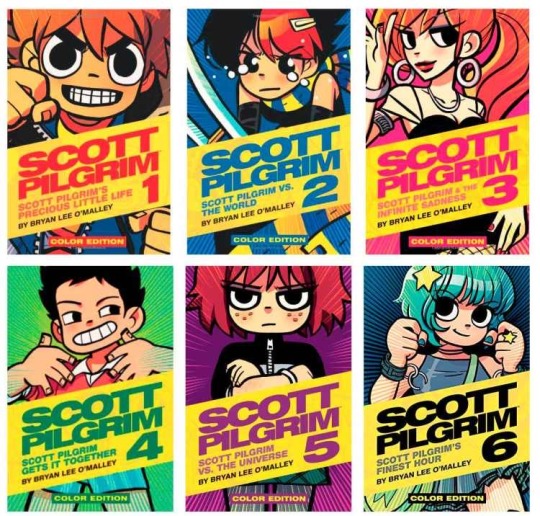
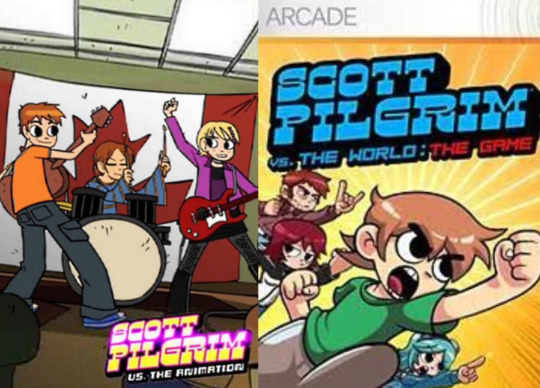


#Scott pilgrim#scott pilgrim takes off#scott pilgrim’s precious little life#scott pilgrim vs the world#scott pilgrim vs the world game#scott pilgrim vs the universe#movies#movie#anime#comic books#comics#comic#video games#video game#Netflix#universal#i’m in lesbians with you#franchise#franchises#underrated#cartoons#cartoon
19 notes
·
View notes
Text
so i've seen a couple people when on the topic of reboots and revivals point out shows like mlpfim or the looney tunes show ... yeah that's not right. mlp and looney tunes are franchises i get so livid everytime i have to explain to someoje that LOONEY TUNES IS NOT A SHOW!!!!! looney tunes is multiple different shows and movies and comics based on old cartoons from the 30s-60s. a reboot or a revival is a renewal of an older show. A SHOW. a show with a premise and plot. a franchise is like, tmnt, i wouldn't call anything from there a "reboot" because like... it'll ALWAYS be different everytime someone makes a new show or movie about it. a reboot doesn't necessarily do that and a revival (which i'm using as "continuation" here) CERTAINLY shouldn't do that. the... animaniacs reboot is a strange case because... while it is a revival, it still? like? doesn't really understand the MAIN CHARACTERS? sorry to everyone who likes the animaniacs reboot i'm like super respectful if that's just something u enjoy but like. man, the animaniacs reboot is a different post entirely and it's not going to be entertaining becauee it will be complaints the whole time besides for the parts of the show i actually liked. anyway that's it, i just saw someone call mlpfim a reboot and was like nuh uh no way bibbity bop kazam.
11 notes
·
View notes
Text
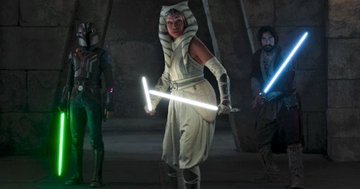
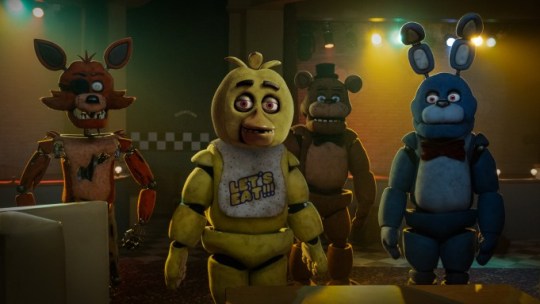
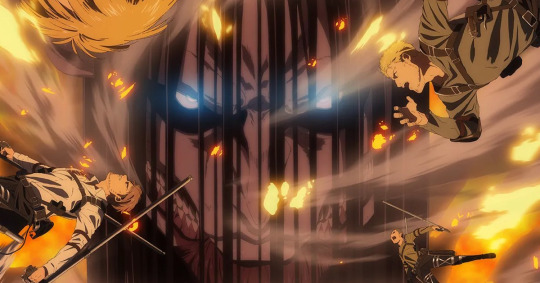

It's like I'm back in middle school again
#2010s kid#middle school#star wars#percy jackson#five nights at freddy's#attack on titan#anime#manga#books#indie games#franchises#ahsoka series#ahsoka tano#sabine wren#ezra bridger#eren jaeger#mikasa ackerman#armin alert#levi ackerman#hanji zoe#erwin smith#reiner braun#annie leonhart#grand admiral thrawn#anakin skywalker#darth vader#ghost crew#dave filoni#scott cawthon#rick riordan
16 notes
·
View notes
Text
On the scale of Ben 10 to Blood how consistent is yer franchise?
#nix meows#franchises#ben 10#blood plus#blood c#blood the last vampire#even digimon is more consistent than the Blood franchise
4 notes
·
View notes
Text
I think the biggest thing holding Star Trek back (and a lot of other spec-fic/action series) is falling back on "angry revenge guy" as a storytelling crutch.
I think that one needs to be shelved for a long while before it can feel fresh again.




A lot of the worst ones are some original character nobody’s ever seen before who shows up out of nowhere and is like “Remember me? You killed my father! Prepare to die!”
I think it's a trope that works if they’re a recurring villain that the audience already has feelings about.



Any action franchise that goes on long enough starts to become one of these guys after another instead of the stories they were originally known for. In Star Trek in particular it's the long shadow cast by The Wrath of Khan, which was revolutionary in its time for breaking the rule of "nothing from one episode can ever have consequences," but has kind of lost its novelty in the decades since.
Halo is another good example of this. The villains of the original trilogy are "insane computer," "charismatic politician/televangelist," and "cthulhu," but then the sequel trilogy has "Angry Revenge Guy 1," "Protagonist Infighting," and "Angry Revenge Guy 2."

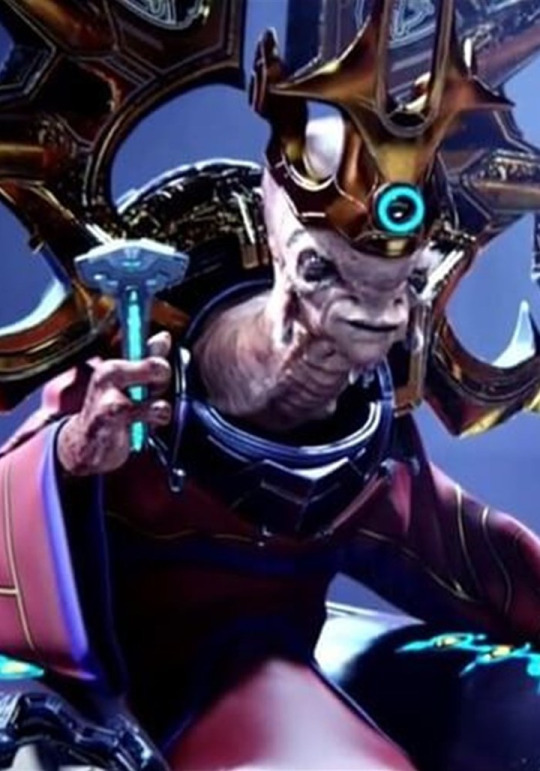

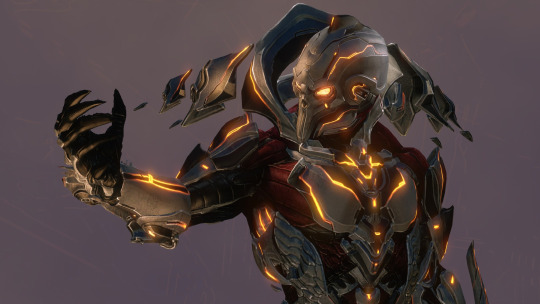
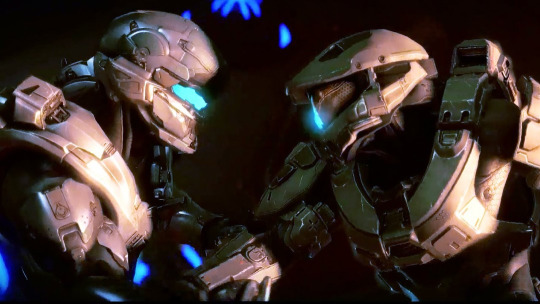

I know people are afraid of the post-release backlash against Star Trek: The Motion Picture, but it is possible to just do a movie about finding a weird space thingy, there doesn't always need to be a charismatic villain. Man vs. Nature is like a whole massive chunk of the literary universe.



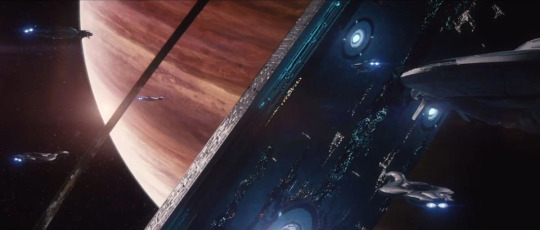

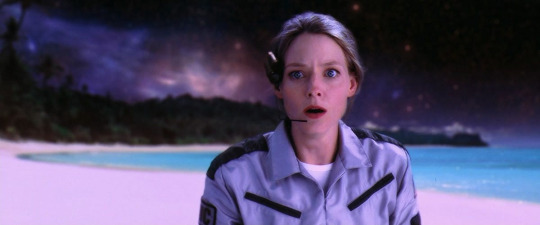
I don't even think it needs to be especially weird and niche. Think of successful non-sci-fi movies like The Poseidon Adventure or Castaway that didn't have a central human antagonist.



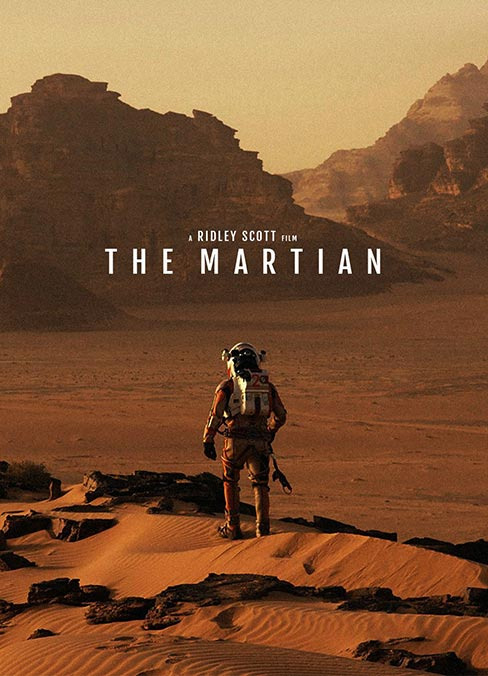
#writing#long-running series#franchises#science fiction#action series#revenge#man vs nature#big dumb object#mystery
2 notes
·
View notes
Text
“I have always had the view that not everything should have a fandom in that sort of ‘cosplay and fanfic and making 10,000 memes and having giant fights on the internet’ way. If it already exists, you have to deal with it. And if you want it, there’s some things that are more likely than others to develop such a fandom. But the whole idea that that is the marker of success is not right. And I think part of the way that it gets to feel like the marker of success to some people—not to the money people, who are just crunching numbers. But to a lot of the people who we hear from, to actors, directors, you know, to some people who are doing producing, is because having sort of seen behind the curtain, those are the visible people. It feels good when someone walks up to you wearing cosplay of the character that you—you know, you remember that person, right? And you remember the million people who tweeted angrily at you.”
— @flourish discussing the failings of Hollywood’s “fan-first” strategy around franchise-building in our latest episode, “No Cultural Impact.” Click through to listen or read a full transcript!
51 notes
·
View notes
